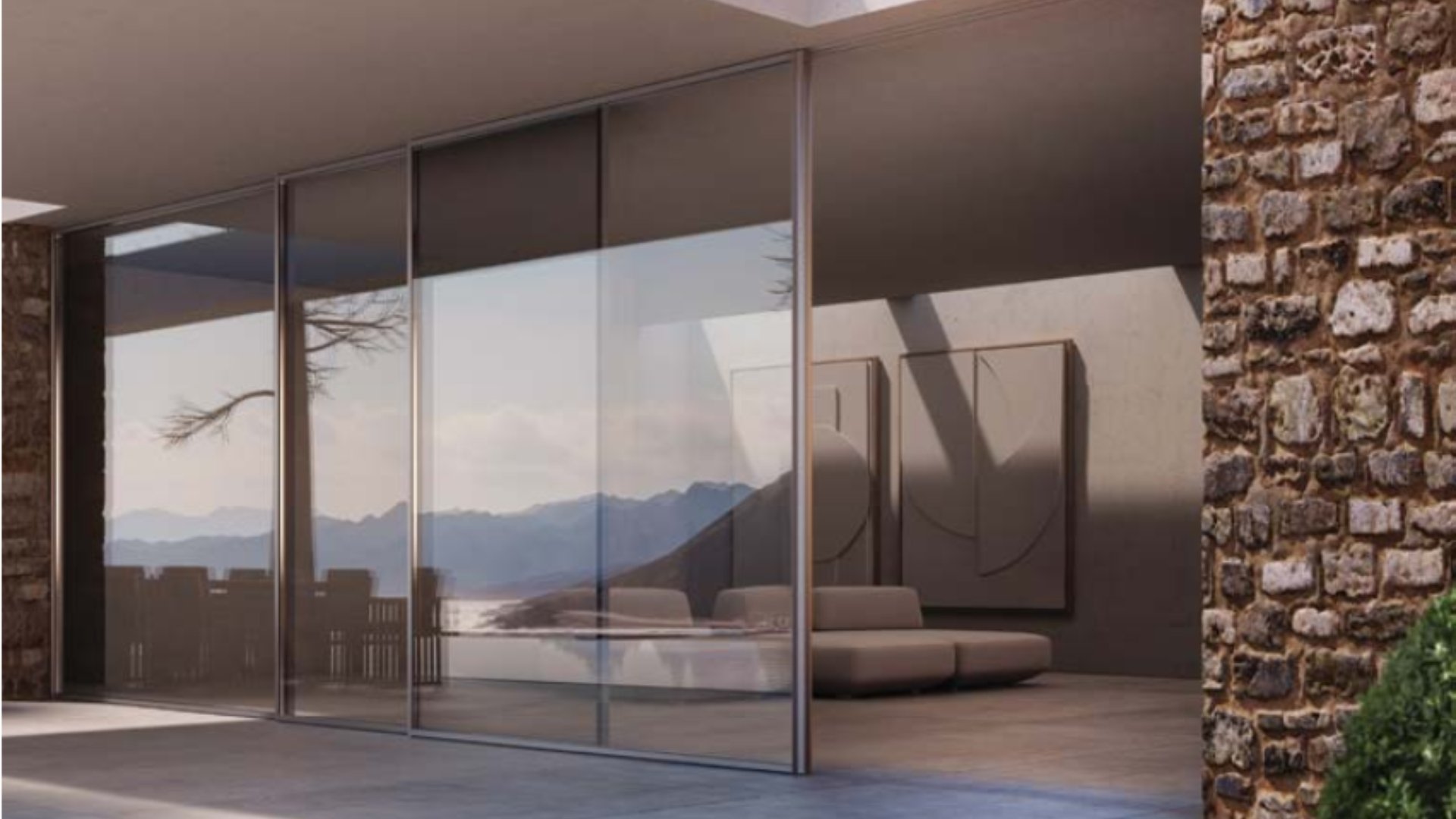 Article
Article
Sustainable renovation with energy efficient aluminium frames
.tmb-1200x650.jpg?sfvrsn=e8bea1d1_2)
The renovation of an apartment or a building offers an opportunity for its energy upgrade. Aluminium frames play a key role, which, apart from the aesthetic improvement they offer, contribute to the energy shielding of the building envelope and its sustainability.
The main parameters are low thermal transmittance Uw, high air permeability, water tightness and sound insulation. Two other key factors are the linear thermal transmittance of the installation joint (psi), which depends on the position of the frame in relation to the insulation of the envelope and the materials of the masonry, insulation and installation. The second factor is the minimum surface temperature of the frame (θsi), which should be higher than the dew point temperature, which, depending on the external and internal conditions, can cause condensation and the appearance of mold.
Aluminium frames offer a variety of typologies and can satisfy the most demanding needs in terms of dimensions, minimalist aesthetics, colors, even allowing for bicolor between internal and external profiles. A common problem in renovations is not being able to change the color of the facades. With thermally insulated aluminium frames, the aesthetic renewal of the interior space is achieved by choosing any color for the interior aluminium profiles.
In order to maintain to the maximum the basic performance resulting from the certifications of the frames for thermal insulation, air permeability, watertightness and sound reduction, as well as to prevent condensation on their surfaces, the best possible installation should be carried out.
The position of the frame and the materials applied to achieve insulation and sealing of the joint against air and water, such as polyurethane elastic foam, pre-compressed self-expanding multi-functional joint sealing tape and self-adhesive joint sealing tape, play a decisive role.
Finally, at the junction of the frame with the various building materials such as the plaster, the thermal insulation boards and the drywall, an expansion joint should be created, in which a polyethylene cord and a hybrid sealant is applied. A typical example in renovations is not removing the marble window sill or not creating a thermal break and installing the frame on top of it. This practice increases the thermal transmittance of the frame and the minimum surface temperature is significantly reduced.

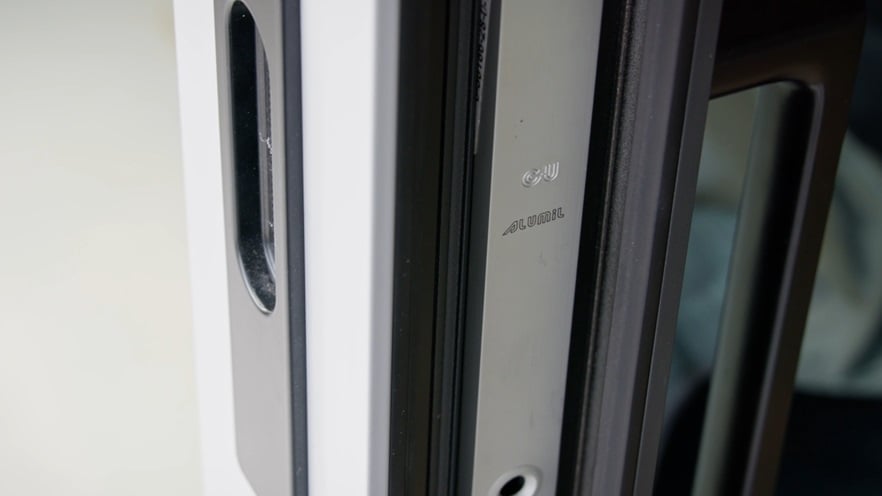
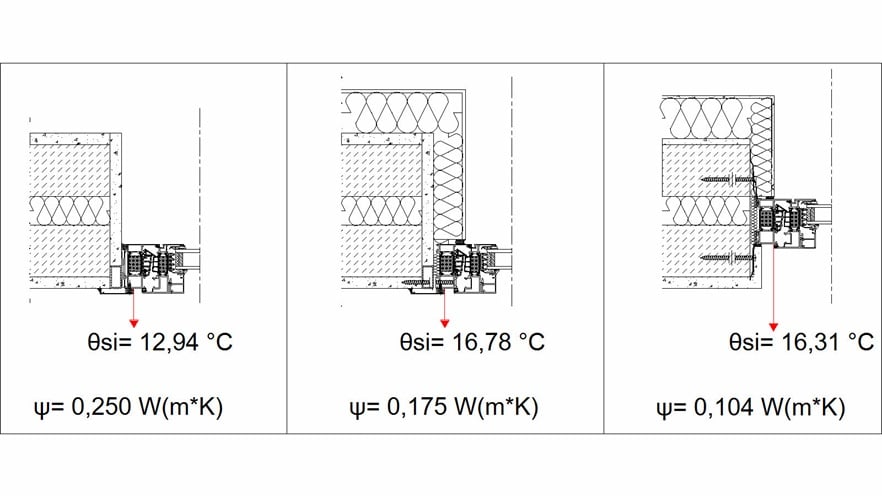

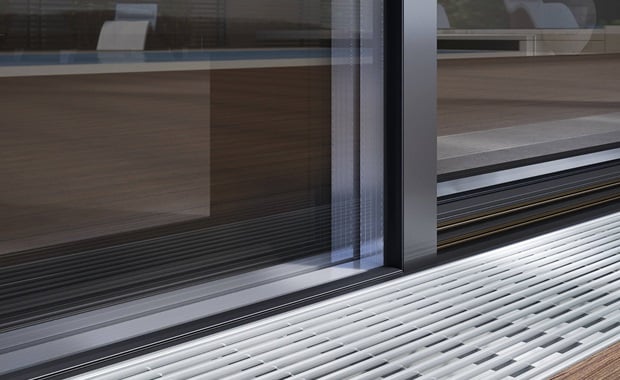
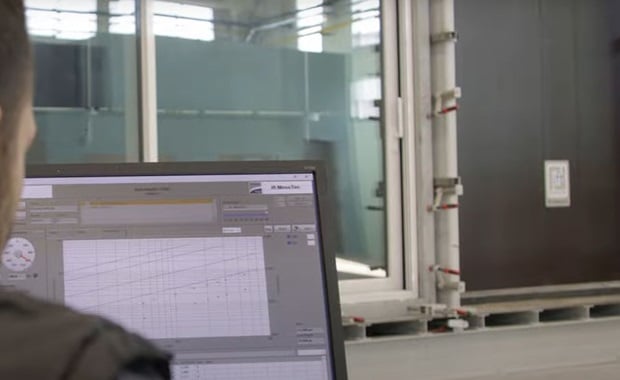
.tmb-gal-big.jpg?sfvrsn=e8bea1d1_2)